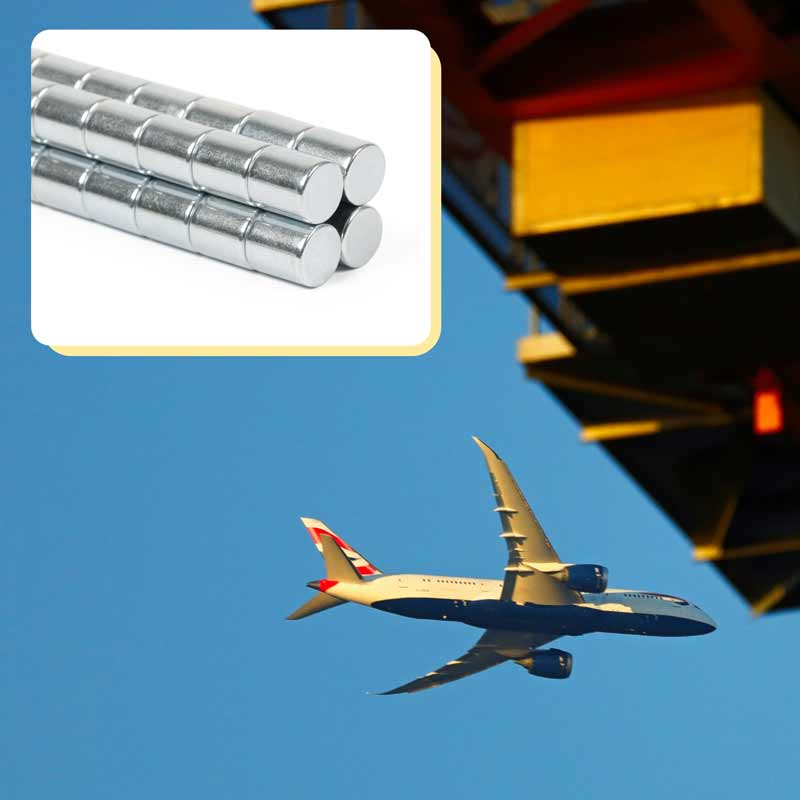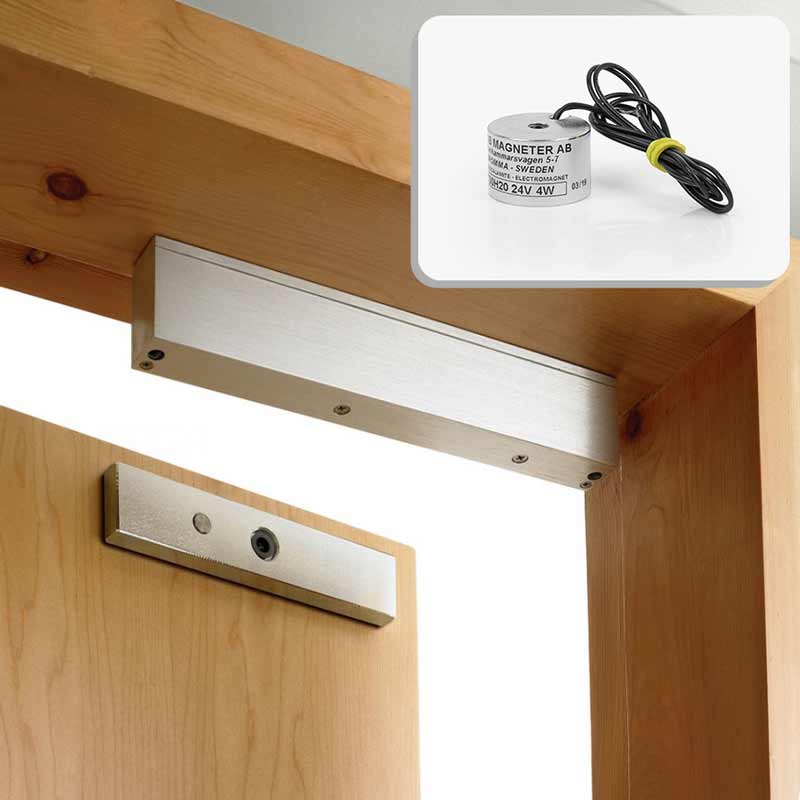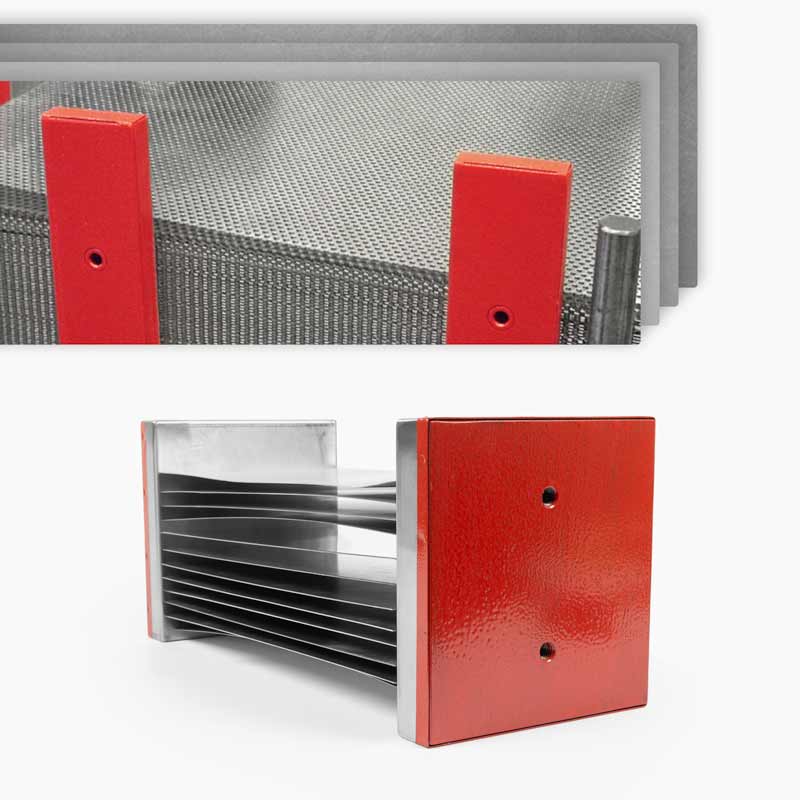Blog page
Recent Post

Magnets in Restaurant Kitchens

Global supply challenges and HYAB’s role

Electromagnets – a more controllable magnet

Magnetic filtration in the process industry

Sheet metal handling – Easier with magnets

Published: 2023-04-22
![]() Daniel Gårdefelt
Daniel Gårdefelt
The role of magnets in wireless power transfer (WPT)
Wireless power transfer is a new type of technology that makes it possible to send electricity without having to connect it physically. Magnets a...
Show more >
Published: 2023-03-20
![]() Daniel Gårdefelt
Daniel Gårdefelt
EV's and their usage of magnets
As the world moves towards more environmentally friendly modes of transport, electric cars are increasing in popularity. The materials and compon...
Show more >
Published: 2023-03-14
![]() Daniel Gårdefelt
Daniel Gårdefelt
The use of magnets in science and medicine
Science and medicine have always been at the forefront of new technology, and using magnetic materials in these fields is common. Magnets are use...
Show more >
Published: 2023-03-04
![]() Daniel Gårdefelt
Daniel Gårdefelt
The use of magnets in the worlds fastest trains
Magnets in rail transport have changed the way we think about trains. Magnetic levitation, or maglev, is a ground-breaking technology that allows...
Show more >
